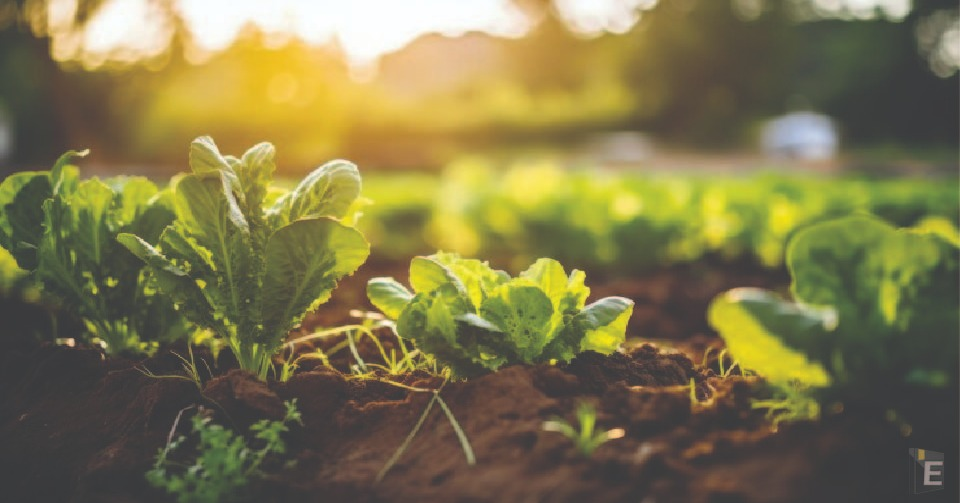


The ability of soil to tolerate significant changes in pH value is called?
(A) C.E.C.
(B) Mutual resistance (buffer)
(C) Alkaline saturation percentage
(D) Anion exchange capacity
In the laboratory, the pH of the soil solution is usually measured with a glass electrode. The soil sample is prepared with either water or a dilute salt solution, as the electrode measures only the acidity in the solution rather than the H+ ions present on the soil surface.
What should be the row-to-row distance in guava plants?
(A) 2 meters
(B) 6 meters
(C) 10 meters
(D) 14 meters
Always plant guava plants in a row at a distance of 8 feet. Due to this, the plants get adequate amount of air, water and sunlight, which improves the growth of the crop. There should also be a distance of 10 to 12 feet between two rows.
Cotton seeds are decellularized?
(A) Sulfuric acid
(B) Hydrochloric acid
(C) Nitric acid
(D) Citric acid
This process is called ginning. Therefore ginning is the process of separating seeds from cotton.
Is it time to plant mango and guava?
(A) June-July
(B) December
(C) February-March
(D) May
The months of February-March or August-September are considered suitable for planting guava plants. Keep a distance of 6x5 meters for planting plants. If plants are planted in a square manner then keep the distance of the plants 7 meters. 132 plants are planted per acre.
What is the cause of 'black heart' in potato?
(A) Copper deficiency
(B) Boron deficiency
(C) Potassium deficiency
(D) Lack of Oxygen
Blackheart disease in potatoes occurs due to high storage temperatures and low oxygen supply.
The crop which is known as 'Camel Crop' is?
(A) Corn
(B) Wheat
(C) Tide
(D) Millet
Jowar crop is considered a camel crop because it can grow in dry soils and withstand prolonged drought. It is a rain-fed crop, mainly grown in the states of Maharashtra, Andhra Pradesh, Tamil Nadu and Karnataka.
What will be the seed rate per hectare in Rizka?
(A) 10 – 15 kg
(B) 20 – 25 kg
(C) 30 – 35 kg
(D) 40 – 45 kg
Sowing – Sow at the rate of 20-25 kg seeds per hectare in rows at a distance of 20-25 cm. Rizka can be sown from the second fortnight of October to the first week of December.
The family of which cotton is a plant is?
(A) Solanaceae
(B) Malvaceae
(C) Leguminosae
(D) Cruciferous
It is a member of the Malvaceae family. There are two types of it found in the world. The first is known as native cotton (Gassypium arboreum) and (Ga; herbarium) and the second is known as American cotton (Ga, hirsutum) and (Barvadens).
Which of the following is not a monocotyledon crop?
(A) Corn
(B) Wheat
(C) Gram
(D) Paddy
Monocotyledons are plants whose seeds have only one cotyledon. Examples include garlic, onion, palm, coconut etc. If the seeds of any plant have two cotyledons, it is known as dicotyledonous plants. Examples include mustard, jute, lemon, orange etc. These are seen in angiosperm plants only when these plants have a seed coat.
What are the unnecessary but beneficial elements for plants?
(A) Carbon and Vanadium
(B) Vanadium and chlorine
(C) Vanadium and sodium
(D) Sodium and chlorine
A total of 16 nutrients are required for normal growth and development of plants. ,
• Plants obtain carbon, hydrogen and oxygen from air and water.
• Plants obtain nitrogen, phosphorus and potassium from the soil. ,
• Plants absorb calcium, magnesium and sulfur in small quantities.
Get the Examsbook Prep App Today